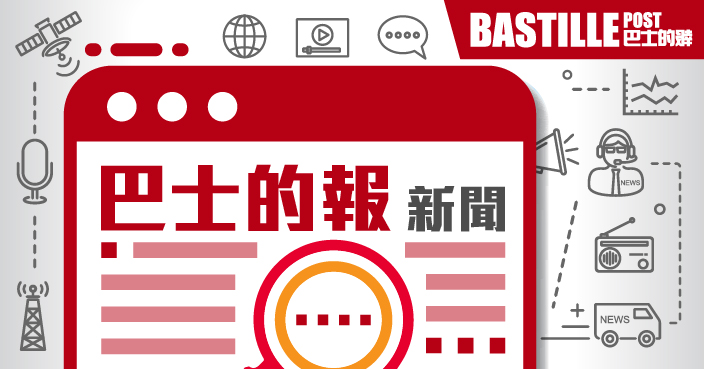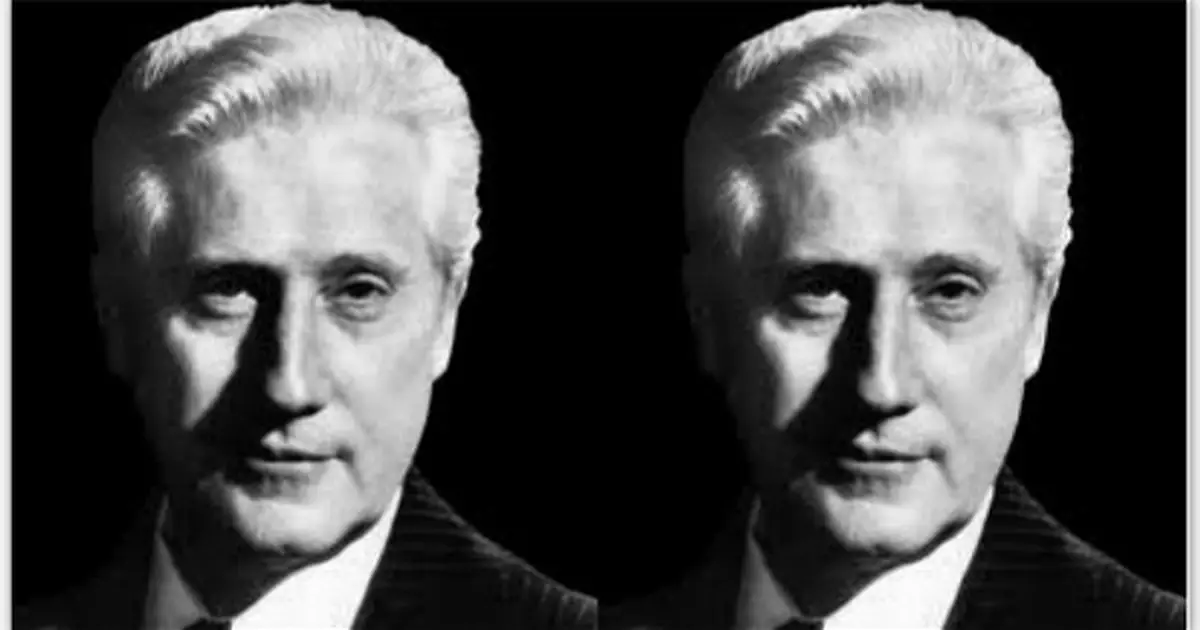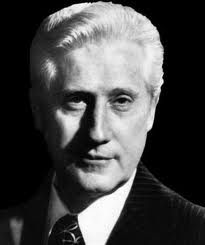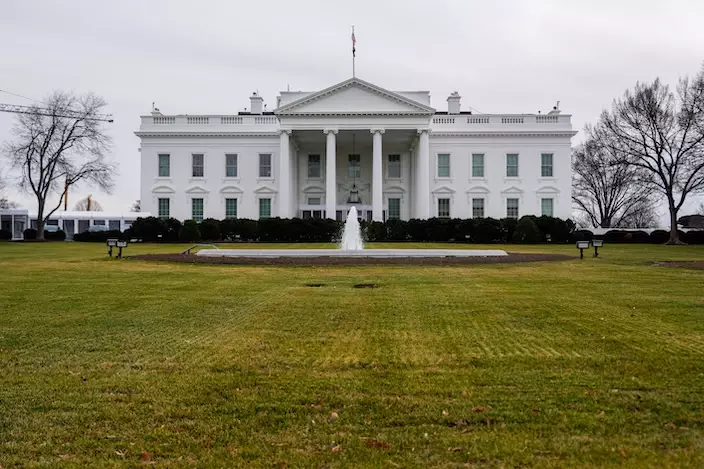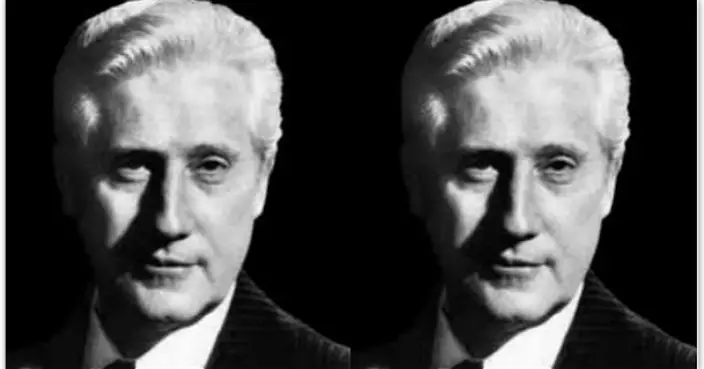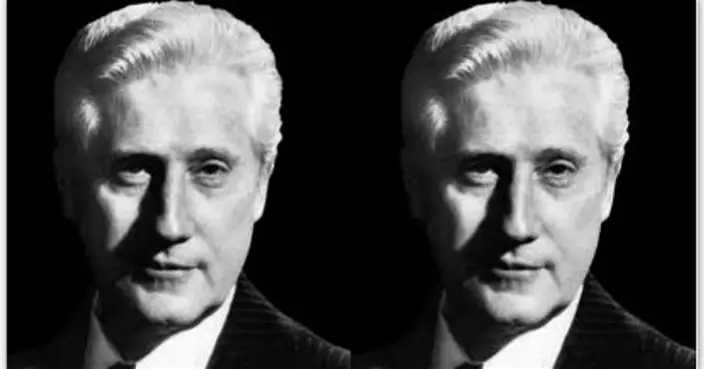The initial breakthrough in US–China trade negotiations has set a precedent, with China’s unwavering stance in the face of Trump’s so-called “reciprocal tariffs” policy serving as a model for other countries in their own tariff talks with the US. China had refused to yield throughout the process and maintained a “not backing down” posture. According to a May 18 Bloomberg analysis, China’s firm approach during tariff truce negotiations has convinced other countries that the Trump administration may have overestimated its own leverage, prompting them to reconsider their previous diplomatic strategies and swift concessions to the US. These countries are now contemplating adopting tougher tactics similar to China’s, though some experts caution that each nation must weigh its bargaining chips carefully.
Breakthrough in Geneva: 90-Day Tariff Truce
The US and China reached a tariff agreement in Geneva, with both sides agreeing to reduce tariffs within 90 days by 115-percentage-point. This reduction lays the groundwork for what is expected to be a lengthy and challenging negotiation between Washington and Beijing. Trump’s significant concessions surprised governments from South Korea to the European Union, many of which had previously complied with US requests without retaliating against its tariff measures.
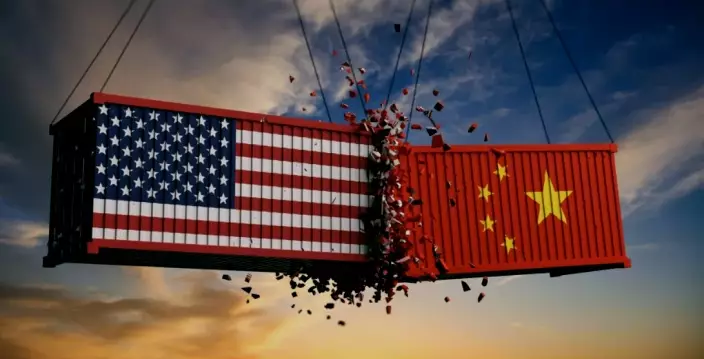
“China’s tough posture in negotiations with the US has led some countries to believe they must also adopt a firmer stance in their own trade talks with the Trump administration.”
Bloomberg’s report notes: “After China’s tough negotiating tactics earned it a favorable — albeit temporary — deal, nations taking a more diplomatic and expedited approach are questioning whether that’s the right path.”.
Global Reactions: Rethinking Negotiation Tactics
Stephen Olson, former US trade negotiator and now Visiting Fellow at Singapore’s ISEAS–Yusof Ishak Institute, observed that many countries are closely watching the outcome of the Geneva talks. Olson believes the takeaway is that Trump is beginning to realize he may have overestimated his own leverage.
Although officials are reluctant to publicly acknowledge a shift in their approach, signs suggest that especially among major economies, there is growing awareness of the strength of their own negotiating cards. As a result, some are slowing down the pace of talks.
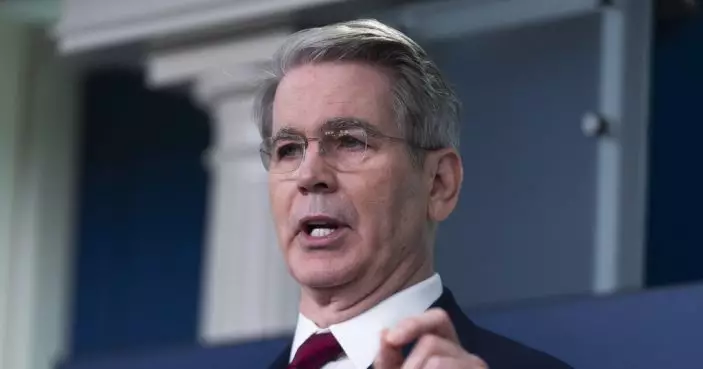
“The consensus from both delegations this weekend is neither side wants a decoupling… We do want trade. We want more balanced trade. And I think that both sides are committed to achieving that.” – US Treasury Secretary Scott Bessent
Last week, Trump stated that with half of the 90-day pause already elapsed, there is not enough time to reach agreements with around 150 countries, so the US may unilaterally raise tariff rates in the coming two to three weeks.
US Treasury Secretary Scott Bessent reiterated this warning on NBC’s “Meet the Press with Kristen Welker,” stating that if countries fail to negotiate trade agreements with the US in good faith, tariffs could snap back to the “reciprocal” rates imposed on “Liberation Day” last month.
India, Canada, and Japan: Cautious but Resolute
India is preparing to lower all tariffs on US goods, but Foreign Minister Subrahmanyam Jaishankar emphasized that negotiations are ongoing and “Until that is done, any judgment on it would be premature.” In the meantime, Commerce Minister Piyush Goyal was scheduled to travel to the US for further talks.
Marko Papic, Chief Strategist at Canada’s BCA Research, noted that many countries are likely to learn from China: the right way to negotiate with President Trump is to remain firm and composed, forcing him to back down.
Japanese trade officials are set to visit Washington this week. Japan’s Minister of Economy, Trade and Industry, Yoji Muto, skipped last week’s APEC trade ministers’ meeting attended by US Trade Representative Jamieson Greer. Japan’s chief negotiator, Ryosei Akazawa, recently expressed hope for a deal with the US in June, but local media now report that an agreement may be delayed until before Japan’s July upper house elections. According to the Financial Times, a Japanese official said that while Japan once hoped to be the first to negotiate tariffs with Washington, the urgency has faded; now the priority is securing a good deal.
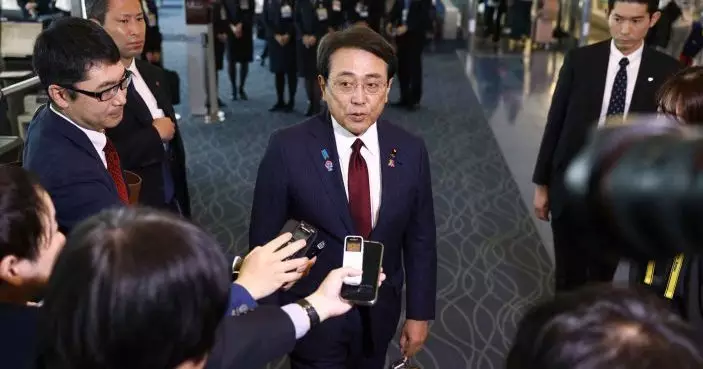
Japan’s chief negotiator and Minister for Economic Revitalization, Ryosei Akazawa, stated earlier this month that he hoped to reach a deal with the US in June. However, recent local media reports suggest that the agreement may be postponed until July.
Alicia Garcia Herrero, Chief Economist for Asia-Pacific at Natixis, observed that many countries now waiting to negotiate are questioning the value of doing so. She pointed out that the agreement effectively allowed China to bypass others in the queue, and since there is no clear benefit for the US, this outcome is doubly frustrating for countries still waiting.
US Commerce Secretary Lutnick told Bloomberg TV that talks with Japan and South Korea will take time. Treasury Secretary Bessent, speaking at a Saudi–US investment forum in Riyadh, said the EU’s lack of unity is slowing negotiations.
Europe: Learning Not to Rush
Sources familiar with EU discussions revealed that the US-China tariff statement shows minimal progress for the US, and no clear final agreement was reached during the 90-day buffer period, indicating Trump’s willingness to keep up pressure on China is limited.
The Wall Street Journal reported that some EU officials believe the bloc is seeking a tariff reduction deal with the US that goes further than those with the UK or China. The lesson for Europe: don’t act hastily.
Limits of the China Model: National Strength Matters
However, Singapore National University professor and former World Bank China director Bert Hofman cautioned that only countries with strong economies and limited dependence on US trade can afford to emulate China’s tough stance – otherwise, there are risks.
Take Canada, for example: Oxford Economics recently reported that Canada has effectively suspended nearly all tariffs on US goods. But Finance Minister François-Philippe Champagne countered that Canada still maintains 25% retaliatory tariffs on billions of dollars’ worth of US products, and a 70% counter-tariff imposed in March remains in effect, with only some tariffs temporarily lifted for public health reasons. Vietnam, on the other hand, relies on the US for a third of its trade, leaving it with little leverage and only able to project “verbal toughness.”
Moody’s Asia-Pacific economist Katrina Ell warned that if major economies decide to push back, services trade could become the next battleground, as data show the EU, Singapore, South Korea, and Japan all run significant services trade deficits with the US.
Deep Throat
** The blog article is the sole responsibility of the author and does not represent the position of our company. **
